22 Culinary Herbs You Should Be Growing Now
Cooler weather is on its way, and for many, the drop in temperature brings with it a pull toward the kitchen and a longing to create the perfect culinary masterpiece. Make sure that your cooking space is well-stocked this year with culinary herbs you can harvest from your own fall garden. And if you’ve never cooked with fresh culinary herbs before, you have no idea what you’re missing! Planting herbs in the autumn months means they will be growing in the cool weather they like best. Instead of scorching in the hot summer sun, your herbs are sure to thrill you with how well they thrive.
Short on gardening space? Culinary herb plants tend to love growing in unique container planters, window boxes or even on balconies. No matter how you manage to find the space, having the right herbs ready for your next foray into cooking can make all the difference. Take time to learn about some must-have culinary herbs that are sure to flourish in your fall garden, those that will grow much better in an indoor container, and herbs that are best harvested in the summer and fall, to be preserved for use during the winter months.
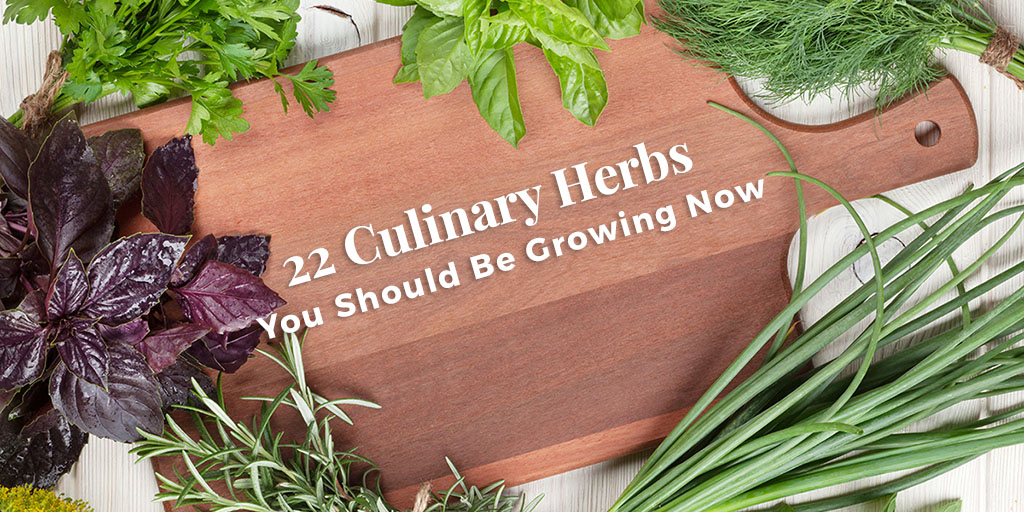
Herbs That Thrive in a Fall Garden or Indoors
Arugula Lettuce
Those who appreciate an authentic Italian meal are sure to know the value of Arugula lettuce. This leafy, aromatic herb adds just the right peppery flavor to sauces, steamed veggies and pizza alike. Top chefs agree that this herb is best eaten and used in raw form, however, some recipes do call for cooking it a little at the very end of the recipe in order to maintain as much flavor as possible.
Because Arugula is a cool weather plant, it should grow well when planted in a fall garden. Once your plants reach 6 – 12 inches in height, they are ready to be harvested. The leaves can be steamed, sautéed or added to fall recipes for just the right kick. Like this Arugula, Avocado and Radish Salad with Poached Egg by Food52.
Chervil
This close relative to the Parsley herb is a favorite with any kitchen aficionado familiar with French cuisine. This shade-loving herb is perfect for any fall garden as it prefers cooler weather and a more moist soil.
Celebrity chef, Rachel Ray is known for her easy view of cooking. One of her unique and tasty recipes for a Classic French Omelette uses the unique flavor of Chervil to add just the right flavor combination.

Chives (all varieties)
Chives are another culinary herb that can be easily grown in a fall garden or indoors. They tend to thrive in a simple windowsill planter with only 5 hours of sunlight per day. If a larger container is preferred, start with a 6” clay pot with soil that will drain well. Germination takes only 2 weeks and your chives will be ready for harvesting as soon as the leaves are tall enough to be trimmed.
With their delicate flavor, this member of the onion family is used in many types of recipes, from soups and breads to dips and meat dishes, even spreads like this Homemade Chive Butter by Spontaneous Tomato.
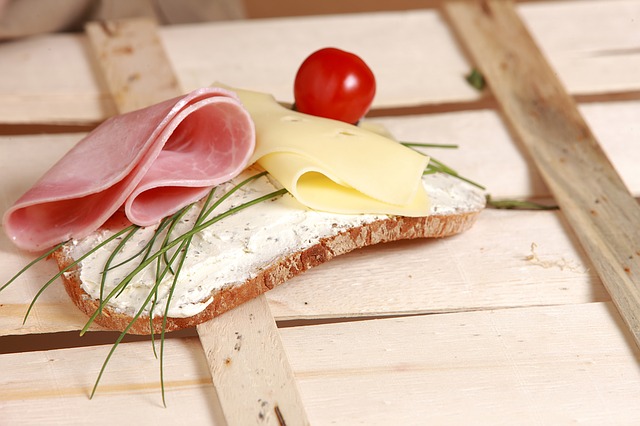
Cilantro
Cilantro is an essential herb for any kitchen, and is hardy enough to grow in any fall garden. The leafy, aromatic leaves tend to thrive in cooler weather instead of reaching for the sun and turning to seed.
Those trying to describe the unique flavor of cilantro often struggle to define the pungently spicy culinary herb. When using this herb in a recipe, it is generally recommended that it be added near the end of the cooking time to preserve much of this unique flavor. Like these Cilantro Lime Chicken Drumsticks by BudgetBytes.
Cutting Celery
This aromatic herb is often the right choice for chefs who want the flavor of celery with no (celery) strings attached. The dark, glossy leaf and tiny stalks make it an easy choice for chopping and sprinkling into soups (like this Greek Bean Soup with Cutting Celery by BrockmanFamilyFarming), salads and stews.
Cutting celery has the benefit of being a reseeding biennial when grown in your spring or fall garden. Any white flowers it produces have tiny celery seeds that shed and replant in your garden. To harvest this herb, simply trim the stalks at the outside of the plant, giving the more central stalks more time to grow. Cutting celery is best used while fresh.
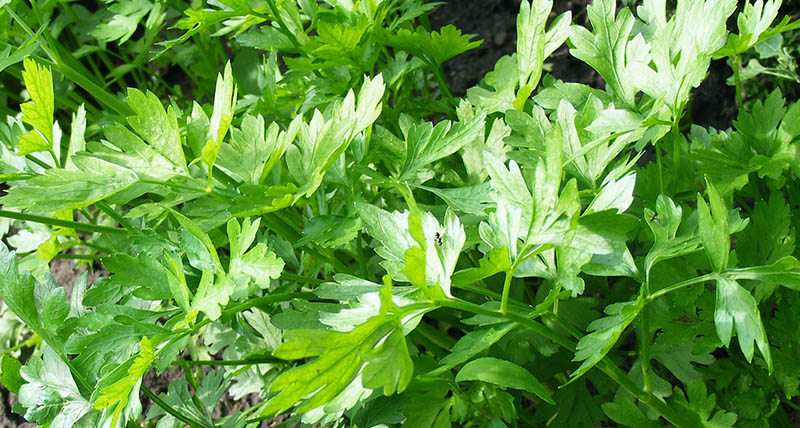
Dill
Another culinary herb that grows well in cool fall weather is Dill. It can be harvested anytime until the plant blooms. It is recommended to harvest the plant before it has completed the process of producing dill seeds.
Flavorful Dill leaves are best when they have not been dried. Also, finely chopping up the dill leaf allows for maximum flavor in any recipe of fish, soups, vegetables, salads or sauces. Like this healthy Greek Tzatziki Sauce with Garlic and Dill by The Lemon Bowl.
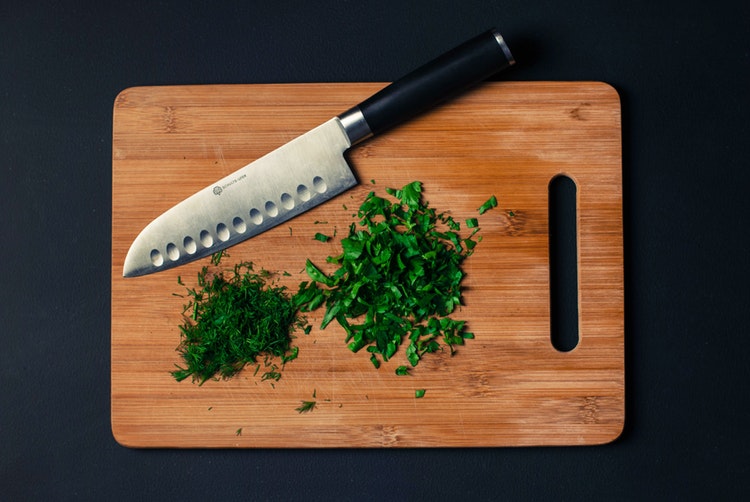
Thyme
This robust herb should be found in every collection due to its uniquely aromatic, slightly minty flavor. Many Southern Italian sauces, stews and soups rely on this culinary herb for their excellent taste. EatYourselfSkinny’s simple Lemon Chicken with Thyme looks delicious!
Because Thyme is so hearty, it can grow very well in a fall garden. In many climates, this herb will continue to grow during mild winters. Thyme can be preserved in several ways making it not only easy to grow, but easy to store as well.
One method of Thyme preservation is freezing as this is one of the few herbs that can retain its texture after it has been frozen. The easiest way to do this is to place Thyme leaves (not chopped) in the bottom of ice cube trays, covering them with water. Once the cubes have frozen, they can be stored in freezer bags and added to soups or stews as needed.
Dehydration also works well for this fragrant herb. Dried Thyme can be stored for long periods of time and can be added to many recipes. Mixing Thyme from your culinary garden with vinegar, butter or honey is another innovative way to preserve the taste to enjoy at a later date.
Rosemary (Salem)
Known as one of the most pungent and aromatic herbs, the needle-like Rosemary leaves pair well with a garlic flavor. The subtle lemon-pine flavor is the perfect addition to many recipes from tomato sauce to roasted potatoes.
Chef Marcus Samuelsson, author of The Red Rooster Cookbook, explains that Rosemary is an herb that can be used in more than one way. In his Rosemary Polenta recipe, he used the fragrant herb to “elevate the polenta without smothering it.” Conversely, the rosemary used in his Rosemary Olive Oil Cake added “an intense layer to the flavor of the cake.”
Rosemary grows best when planted in the cool spring or fall weather. It also grows very well in indoor containers. It can be harvested at any point any point. Use fresh sprigs for a stronger flavor or let the rosemary dry for a more subdued addition.
Sage
This strong perennial plant grows well during the fall and winter, especially in hot climates. Indoor container gardening also works very well for this pungent herb. The growing season is especially long for sage, as it can still be harvested and eaten after the plant flowers.
Sage should be harvested by clipping above the location where two leaves meet. This can be done at any point in time. In order to keep a sage plant from growing too much, a larger harvest can be performed a few times a year.
Many types of recipes benefit from the deep, earthy flavor of sage. It can be added to pasta sauces, used in stuffings or to enhance the flavor of squash.
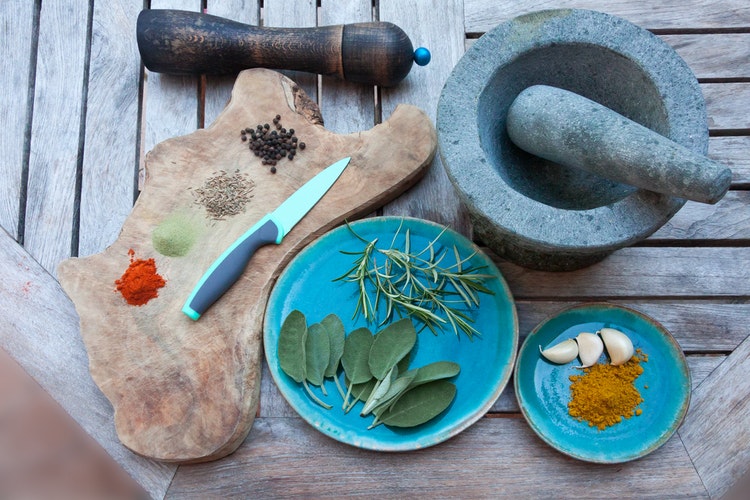
Parsley
One of the most indispensable culinary herbs, parsley is needed for many types of cooking, including Creole and Cajun cuisine. This herb has the ability to heighten flavors. For instance, its mild bitter flavor can add just the right balance to many recipes leaving other flavors tasting even better. Like in these Tricky Mashed Potatoes by CrazyCreoleMommy.com or this Intense parsley omelette by Kim Ahlström.
Most easily grown in cool months, parsley that is planted in cool months yield a much better harvest than those planted in the spring. Even though the seeds may sprout slowly, parsley is prolific when grown in the right weather conditions or in an indoor well-drained container.
Oregano (Greek)
Oregano is one of the few culinary herbs that is best used after it has had time to dry. Once dehydrated, it fills the role of complimenting a recipe without taking over the flavor completely. It’s most well-known use is typically in pizza and spaghetti sauce recipes. This dried culinary herb is also frequently used in Greek, Turkish and Mexican dishes.
A fall garden is perfect for Oregano, as it is very hardy and thrives in cool weather. Some gardens in mild weather areas can produce oregano all winter long. It can also be easily grown indoors in a container with excellently draining soil and good exposure to sunlight.
Located in Richmond Virginia, Stella’s is one of the best places around to sample Greek cuisine. Stella’s daughter Katrina Giavos even shared some wonderful recipes featuring oregano.
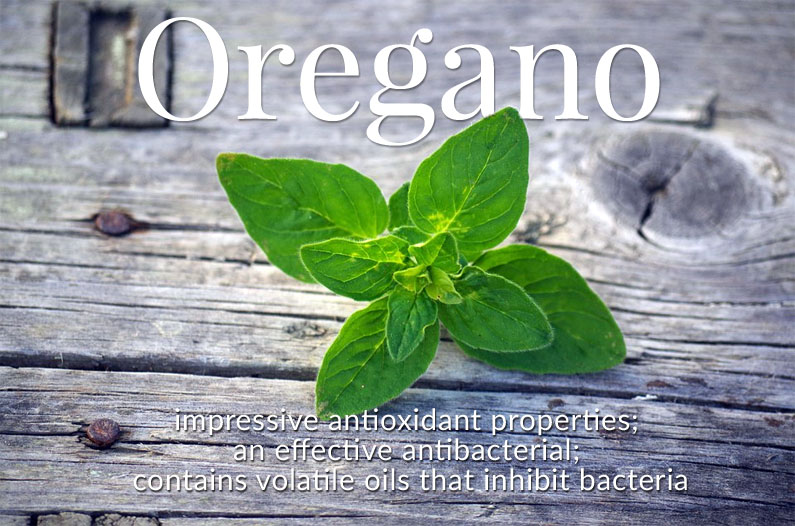
Nasturtiums
These colorful floral plants grow well in cooler weather making them a great addition to any fall garden. With enough direct sunlight, Nasturtiums can be grown in indoor containers.
It is not often that flowers are considered a culinary herb. Nasturtiums, however, are just that. The vibrant leaves and flowers are all completely edible and offer a delightfully peppery garnish in many recipes.
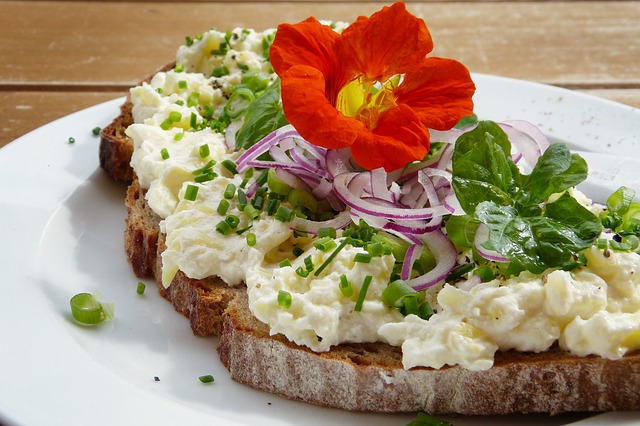
Sorrel
Sorrel is an herb that many who love cooking value for the tangy, arrow-shaped leaves. Their slight sour taste is best when the leaves are harvested young and tender. When this herb is planted during the summer, it is a great addition to a fall garden. It also can be easily grown in indoor containers.
This herb is a great acidic addition to any spring salad. It can also be cooked until it is mushy and blended into various vinaigrettes and sauces, like in this Lamb Chops with Greens and Sorrel Salsa Verde by BonAppetit.
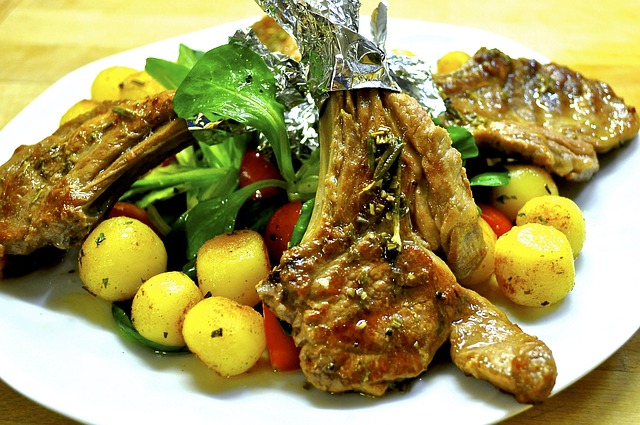
Winter Savory
The peppery flavor of Winter Savory makes I an aggressive flavor that many cooks love as it helps reduce the amount of salt needed in many recipes. It can be successfully added to beans, meat, fish, vegetables and stuffings, and can even be substituted for Thyme in some recipes. Try this Turkey & Black Bean Soup with Winter Savory by TheCharmedKitchen.
These easy-to-grow plants grow well and are hardy enough to withstand plunging fall temperatures. The best time to harvest this herb is when the blossoms are just starting to appear. Drying is best completed by hanging small bundles of Winter Savory in a cool, dark, well-ventilated space for 1-2 weeks.
Herbs That Thrive in The Heat of Summer, The Fall or Indoors
Basil (Genovese)
One of the better-known culinary herbs, basil, can be grown in the fall, though it is a warm-weather plant. Culinary experts who live in cooler fall climates should plant basil indoors in a well-drained container filled with soil that is rich in nutrients. An occasional application of organic fertilizer will help the basil to grow well through the cooler months. Make sure that your basil will get six or more hours of sunlight each day, preferably near a window that faces south.
Another herb known to enhance the flavor of authentic Italian dishes, basil is harvested by pinching the leaves from the stems. This can be done after the plants have reached a height of approximately 6-8 inches.
Most recipes using basil recommend adding the herb during the last 5 – 10 minutes of cooking so that the flavor is not lessened by overcooking. Try this Tomato-Basil Cousous by Molly Yeh.
Bay (Bay Laurel)
Though Bay plants prefer full sunlight and summer humidity, it is possible to grow them indoors for the fall garden. Keeping this herb close to a window will ensure that it has plenty of light to grow. The best kind of indoor container for an 8” Bay tree is a 12” well-drained pot that is not made of terracotta. Using a commercial potting soil with vermiculite and water beads can help to ensure that the soil will retain enough water for this culinary herb.
The Bay leaf can be used in either fresh or dried form in fall recipes. Many cooks, finding the fresh leaves to have a bitter flavor prefer to let the leaves sit for a day or two in order to enhance the woodsy flavor and lessen the bitterness. You can dry your own bay leaves for a more robust flavor than store-bought dried leaves.
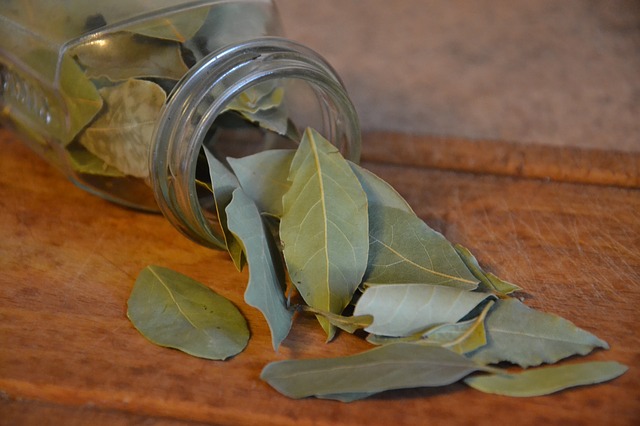
Lemon Verbena
Home chefs looking for a lemon-flavored herb need look no further than Lemon Verbena. The pointy leaves from this shrub add just the right lemony flavor to many recipes. It can be used in herbal teas, fruit flavorings and poultry dishes.
This herb, native to South America loves the warm summer weather but can be grown in an indoor container with ease. By placing the plant within a foot or two of a sunny window, it is possible that it will grow anywhere from 3 – 6 feet tall.
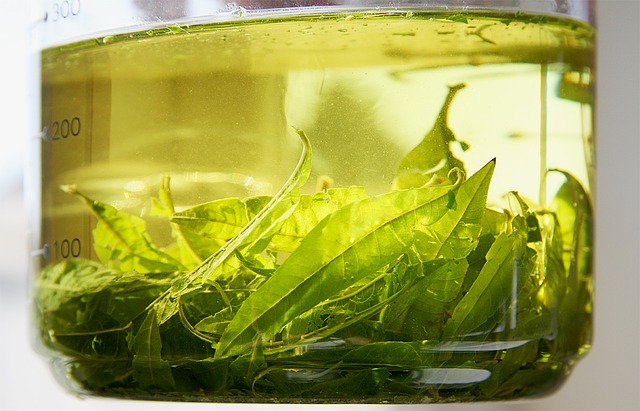
Lemongrass
Lemongrass is yet another culinary herb with a slightly lemony flavor. It is widely used in Asian cuisine, but can be used in many other recipes as well. Chef Marcus Samuelsson has a delightful Pickled Jersey Tomato Soup with Ginger and Lemongrass recipe.
This citrusy herb can be grown outdoors in the summer or indoors in a south-facing window in soil that is barely moist. It is ready to harvest when the plant reaches 12” tall with stem bases that are at least 1/2 “ thick.
Lemon Balm
This member of the mint family grows well during the warm summer months and regrows outdoors in the spring. As with other lemon herbs, this one can be grown indoors during the fall and winter with the right well-drained soil and strong sunlight.
Many kitchen wizards use Lemon Balm to add zest to fish, salads, breads, cakes and desserts and even drink recipes.
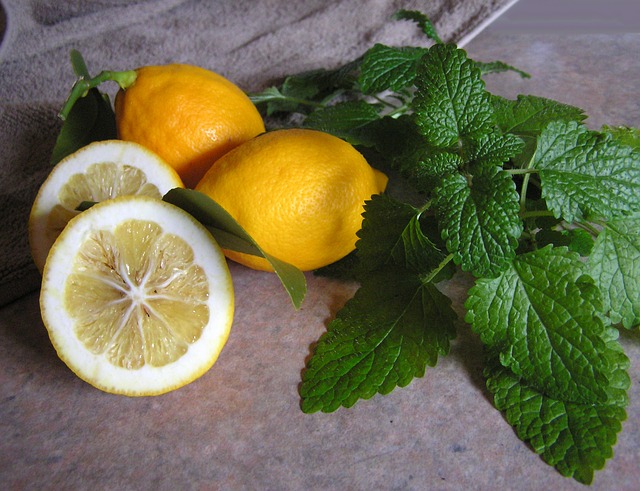
Mints
Members of the mint family add different tastes depending on the plant variety. Citrus Kitchen Mint, Kentucky Colonel Mint and Orange mint are only a few. Though this plant family grows well outdoors during the summer season, it can be grown indoors during the fall. All it takes is a pot of well-drained commercial type soil and plenty of sunlight.
Harvesting mint is a cinch as kitchen chefs know, and harvesting frequently keeps a mint plant healthy. By harvesting young leaves, you can get more flavor. These leaves can be preserved for later use by freezing or air-drying.
This easy-to-grow herb can be used in a wide variety of recipes. Like our Ultimate Easy Mint Mojito Recipe.
Chamomile ‘roman’
This aromatic, flavorful herb is useful for both cooking and medicinal purposes. Growing low to the ground, the flowers on this plant give off a scent reminiscent to apple. This herb grows well in the heat of summer but does not thrive when planted indoors. In order to harvest Chamomile, watch for it to blossom and harvest soon after. It is best to do the harvesting early in the morning before it is too hot outside. Look for flowers that are almost open and pinch the stalk to pop off each flower. They can be used either dried or fresh, but be sure to set aside some for winter recipes like Meg is Well’s Spiced Chamomile Ginger Hot Toddy!
Fennel
Another must-have culinary herb that grows well outdoors in the summer, but does not grow well indoors is Fennel. This perennial European herb provides fragrant leaves and aromatic seeds which are both beneficial for flavorings.
Fennel is frequently used in the kitchen as both an herb and a vegetable. With its slightly sweet and spicy flavor, it can be shredded into salads, brazed with meat and even added into a puree for sauces and soups. Try this Healthy Zucchini Fennel Soup Recipe by SavorySweetLife.
By knowing what culinary herbs will and will not grow in a fall garden, you can get planning on which plants to grow in different locations. A little bit of planning and legwork can result in a pantry that is fully stocked with all of the herbs essential to those who truly love to create in the kitchen!



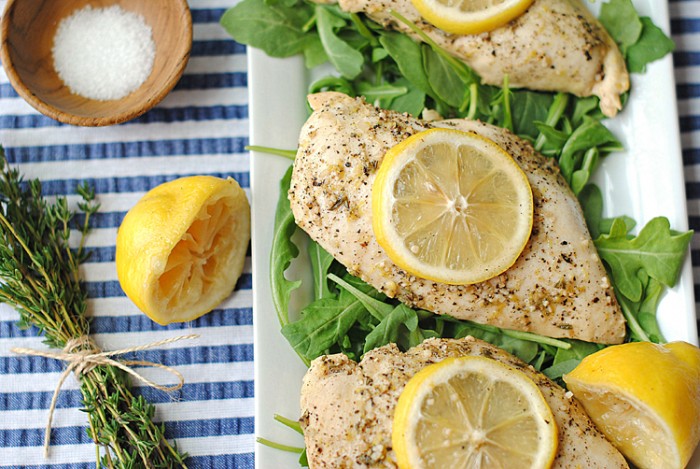

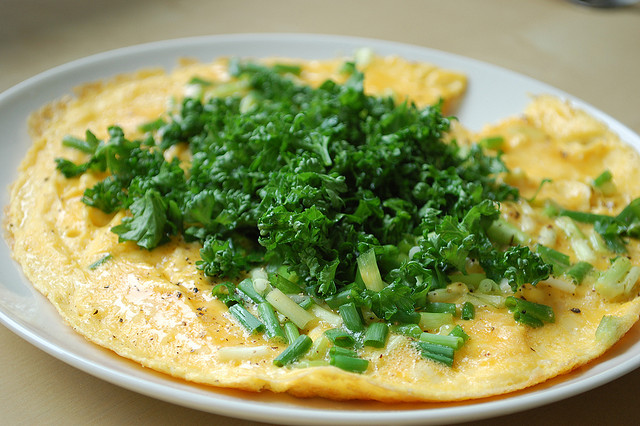
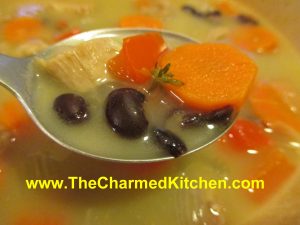
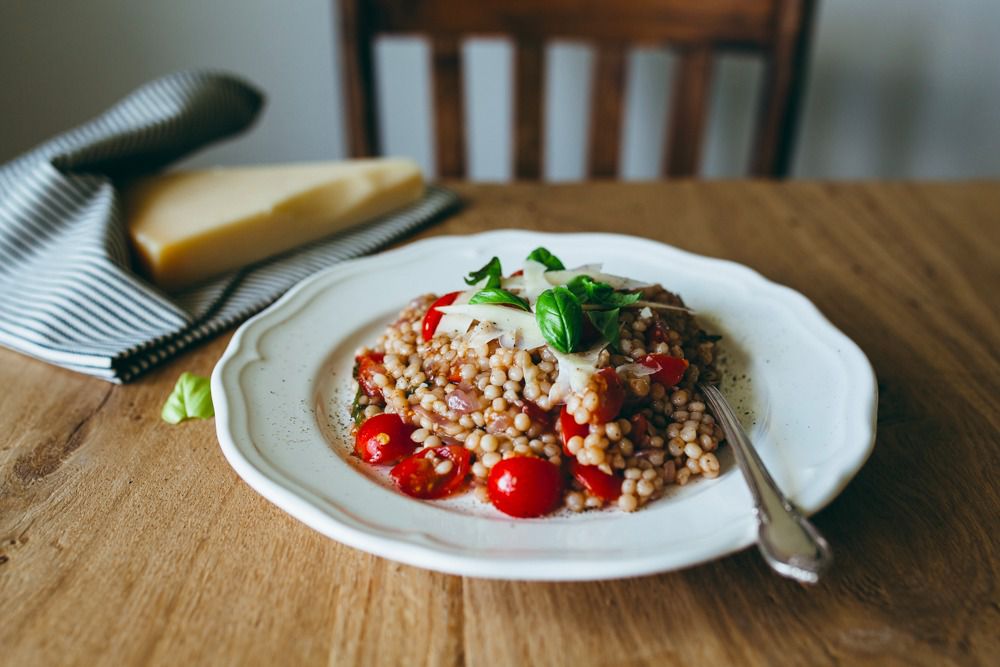
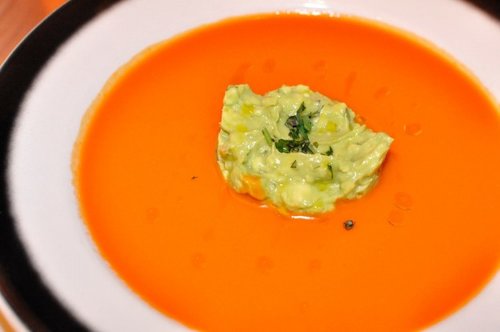

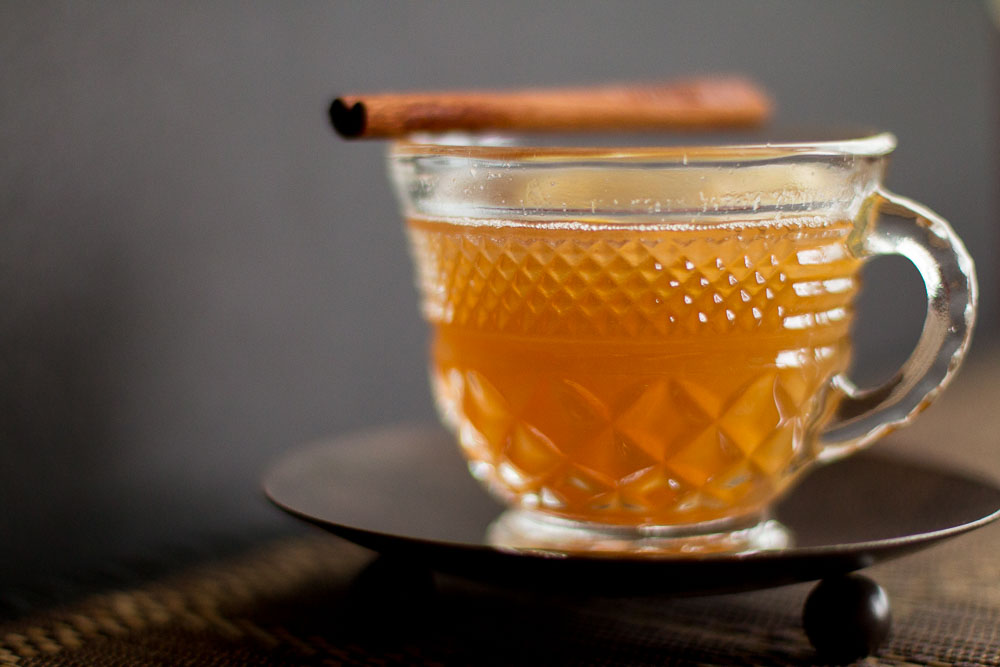
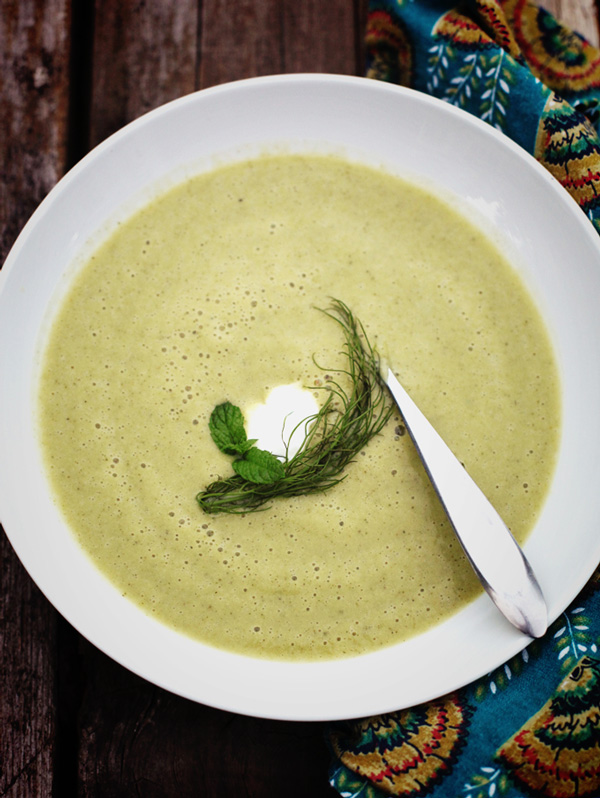
I would like to have a copy of the Zucchini Fennel soup without having to print 12 pages.
Hi Kathryn, they have a print version as well. There’s a button on the page, or try this link. http://savorysweetlife.com/easyrecipe-print/11312-0/
I recently bought a rosemary plant to keep in a pot in the house this winter. I live in zone 6. I’ve tried growing rosemary (in a pot) before but it always seems to dry out and die within a matter of weeks.
Do you have great tips for keeping rosemary alive and growing well?
Thank you
Hi Joyce,
Great question! Please check out our article on growing herb plants indoors.
The article will be located at Thegrowers-exchange.com under ‘Gardening Help.’
All the best,
TGEX
I purchased a shiso plant last spring. It was very healthy upon arrival but about a month after planting it died. I didn’t pull it out and then noticed in late August it revived itself! Now it is about 15″ tall and doing well this fall with lots of what looks like seed pods. Will is self-seed or return again after winter?
Hi Amy,
Glad to hear of your success with the Shiso, it sounds like a beautiful and healthy plant! Not sure of what zone you’re in-
it is an annual plant. Most likely, it will re-seed as long as it’s not too cold.
All the best,
TGEX
Are there any herbs that grow in water? I’ve just had a surprising experience with dangling an escarole stump in a glass of water and having it sprout new leaves in about two weeks. I don’t remember where I read about this, but there are other vegetables that can be regrown this way and it occurred to me that there might also be herbs. I’m almost 72 and no longer have much strength to garden outdoors nor to sling heavy containers around anywhere at all, so I’m on the alert for tips that can make a bit of gardening possible.